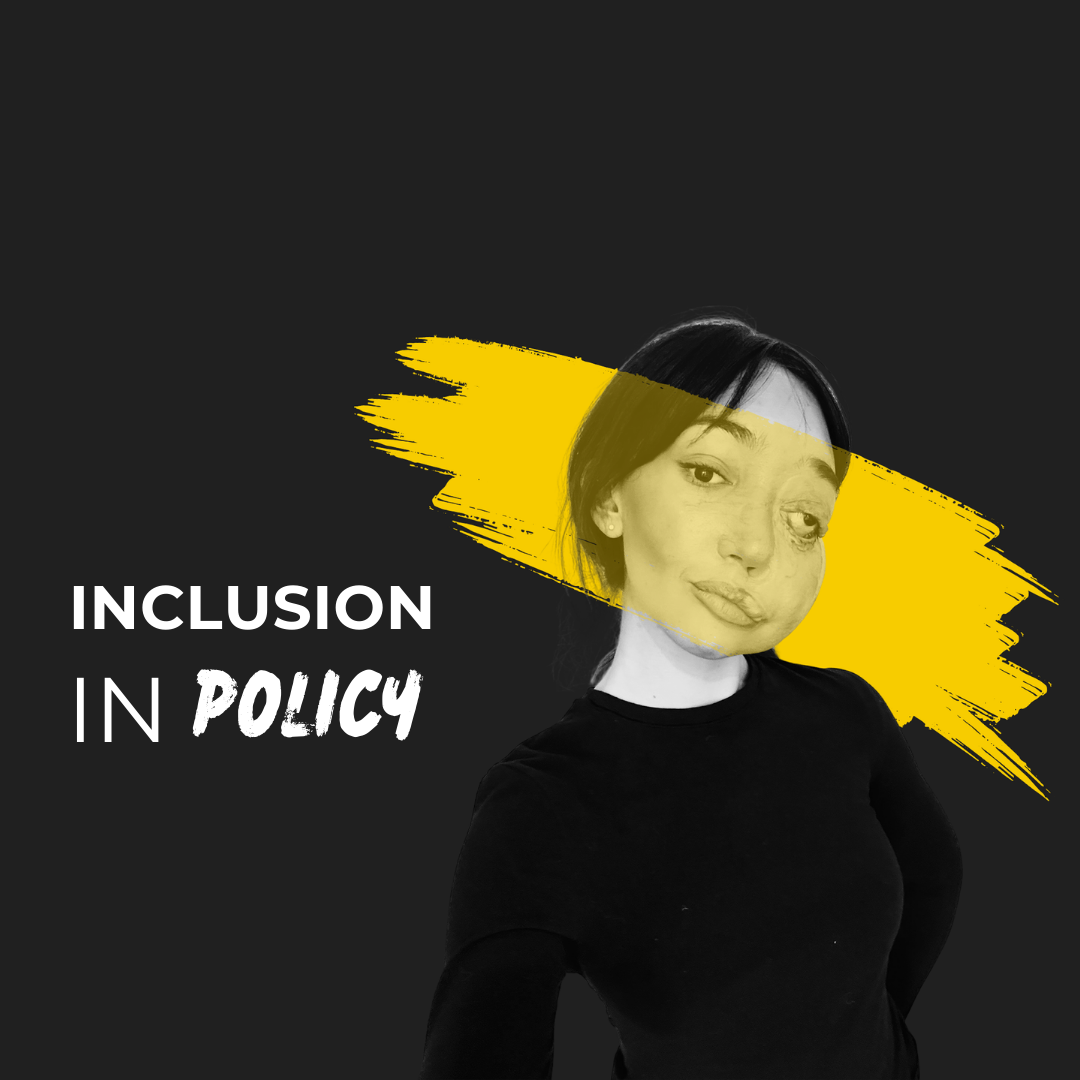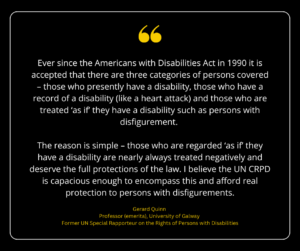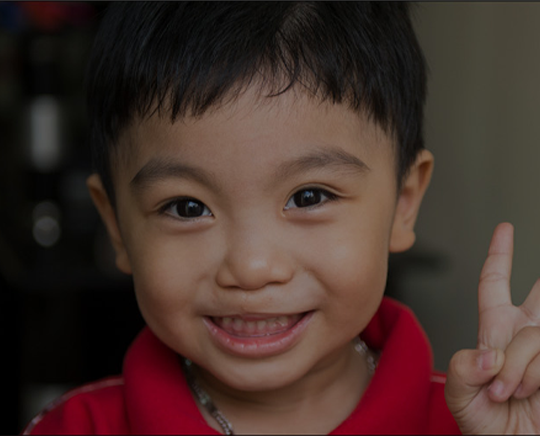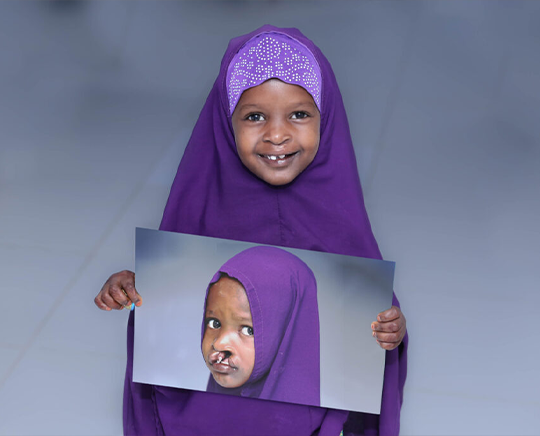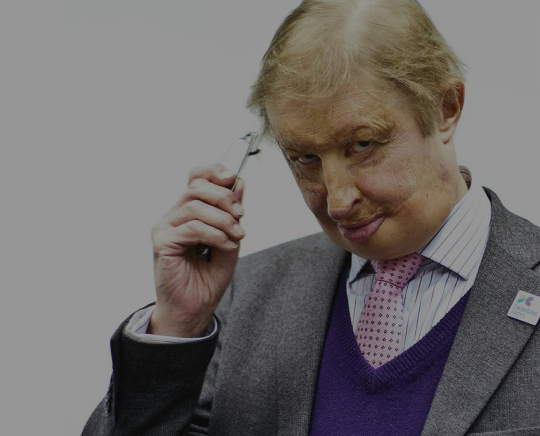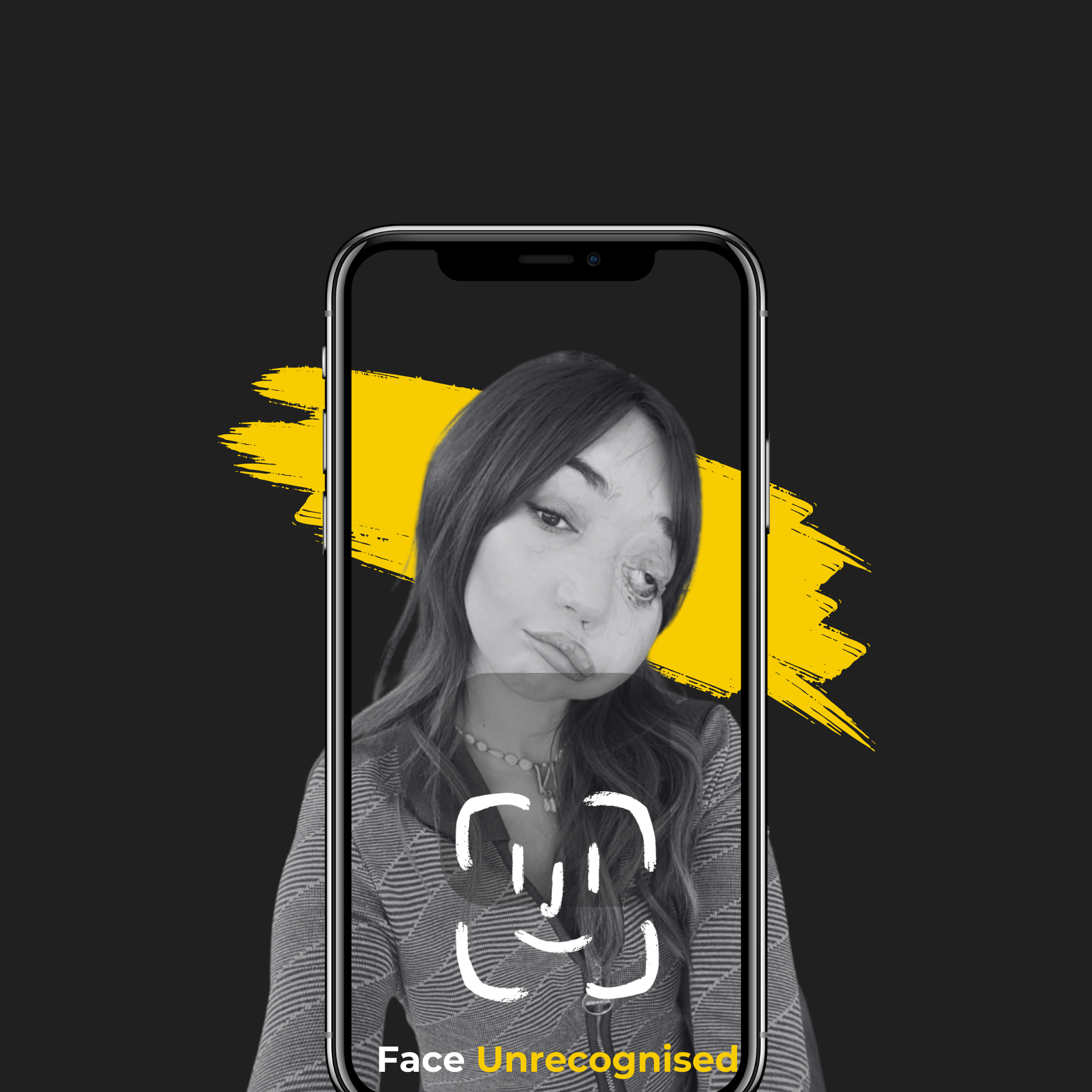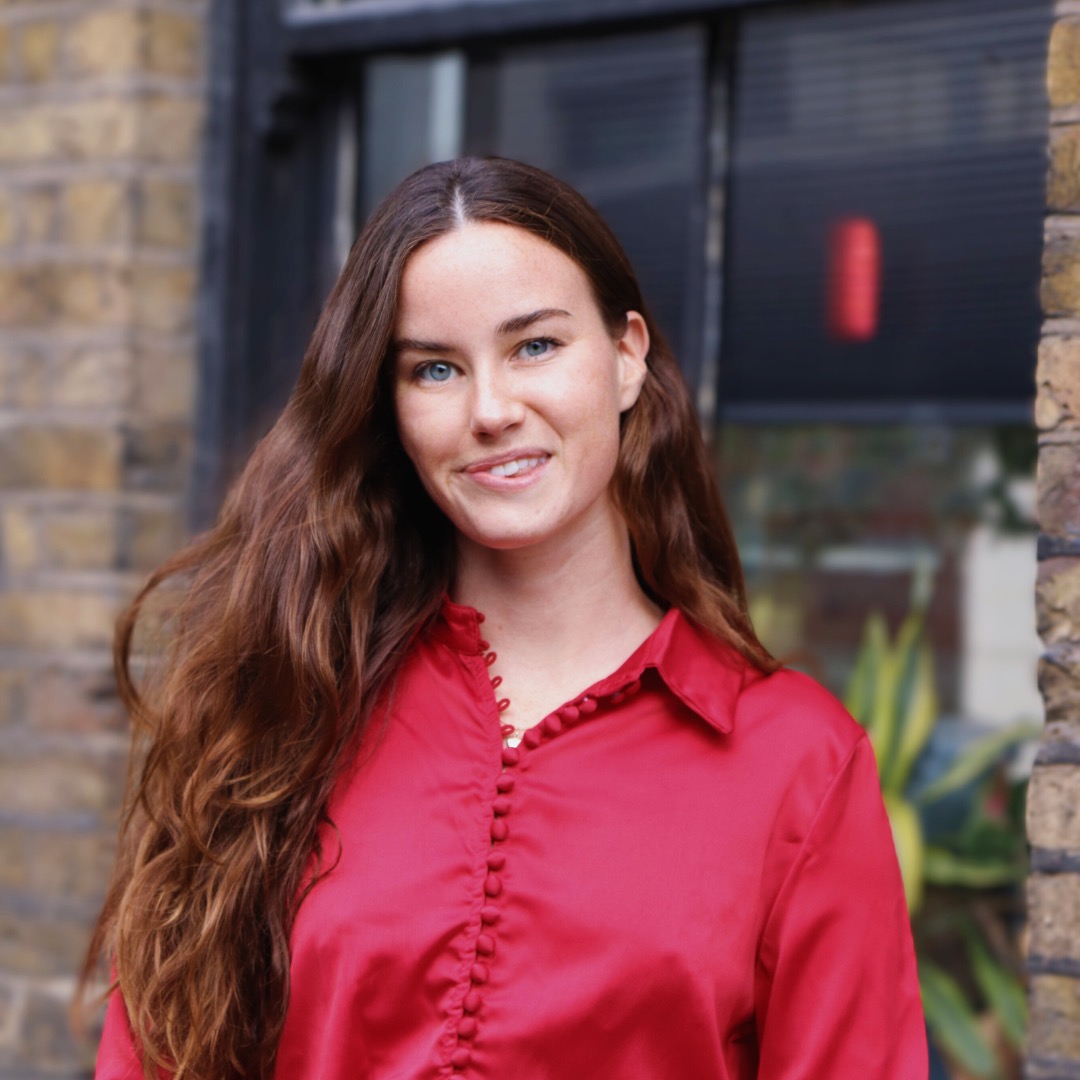Inclusion in Law and Policy: Explicit, undeniable recognition as an equality issue
Position Paper – Disfigurement and the United Nations Convention on the Rights of Persons with Disabilities (CRPD)
People with visible differences have remained largely invisible in global human rights efforts. Their status and rights as disabled people under the UN Convention (‘CRPD’) are crucial to changing this.
We’re calling on those working to uphold the UN CRPD, including OPDs, policy-makers, activists and academics to recognise and protect this marginalised community by signing to affirm their rights as disabled people.
See the list of current signatures, and sign the petition below.

